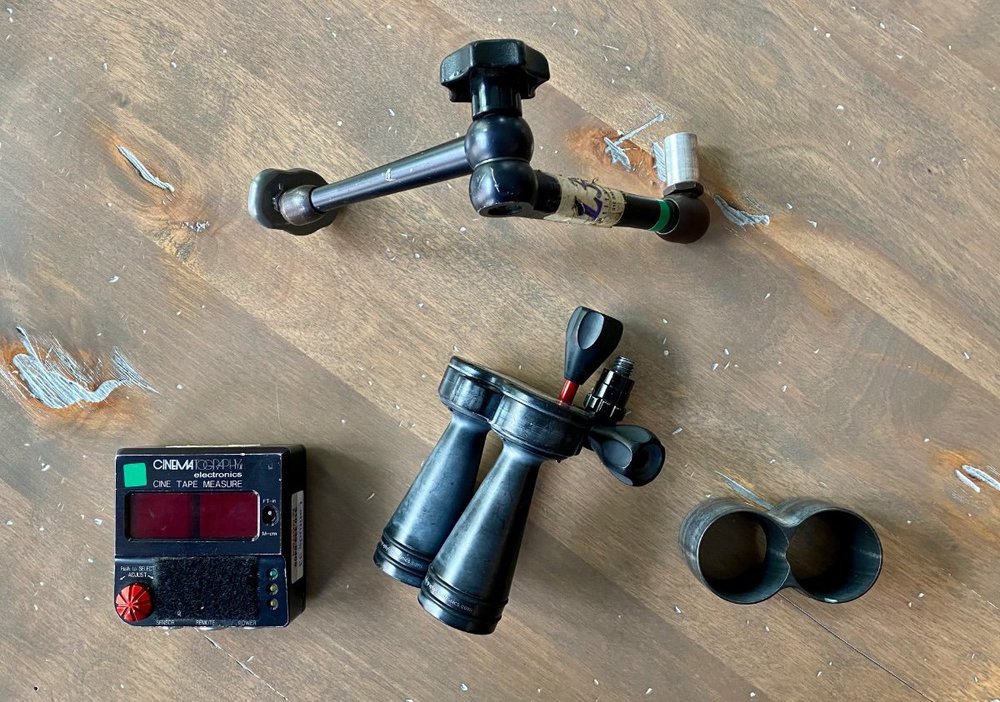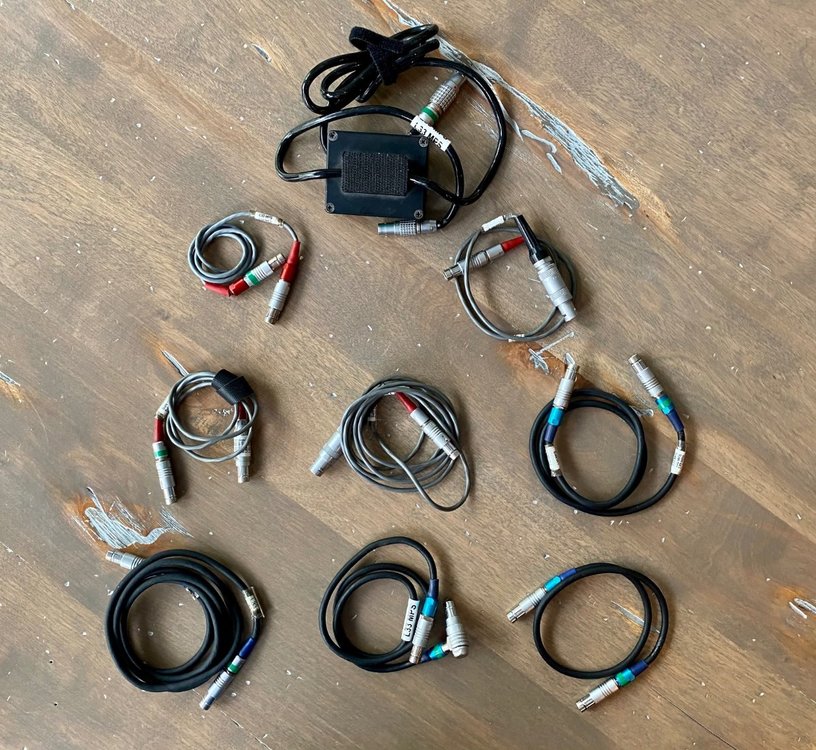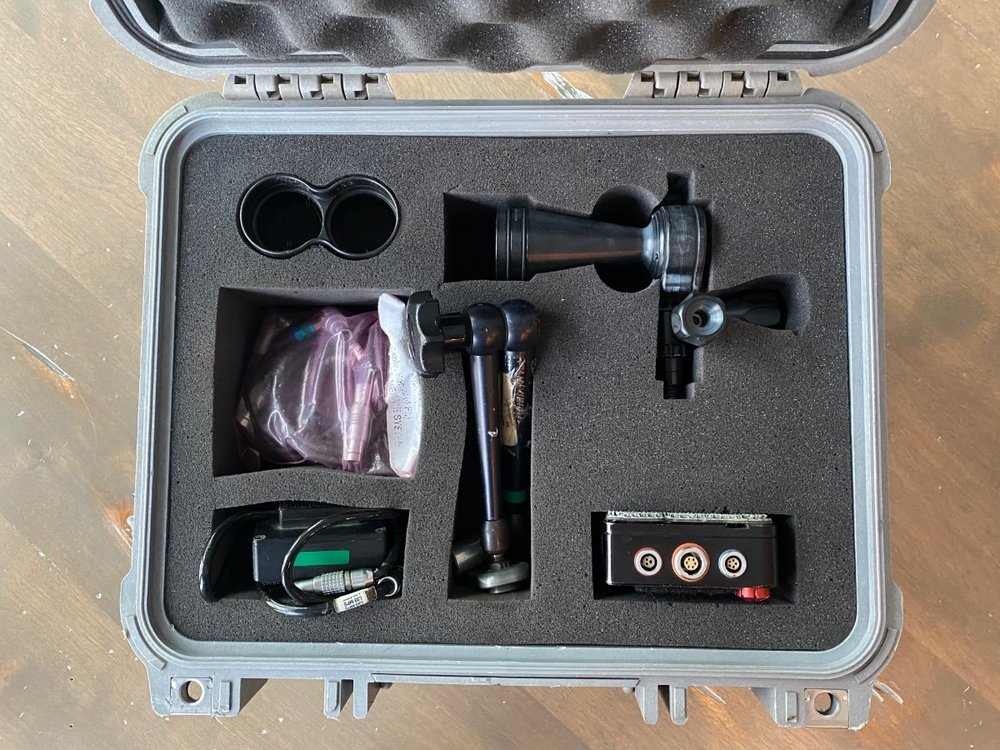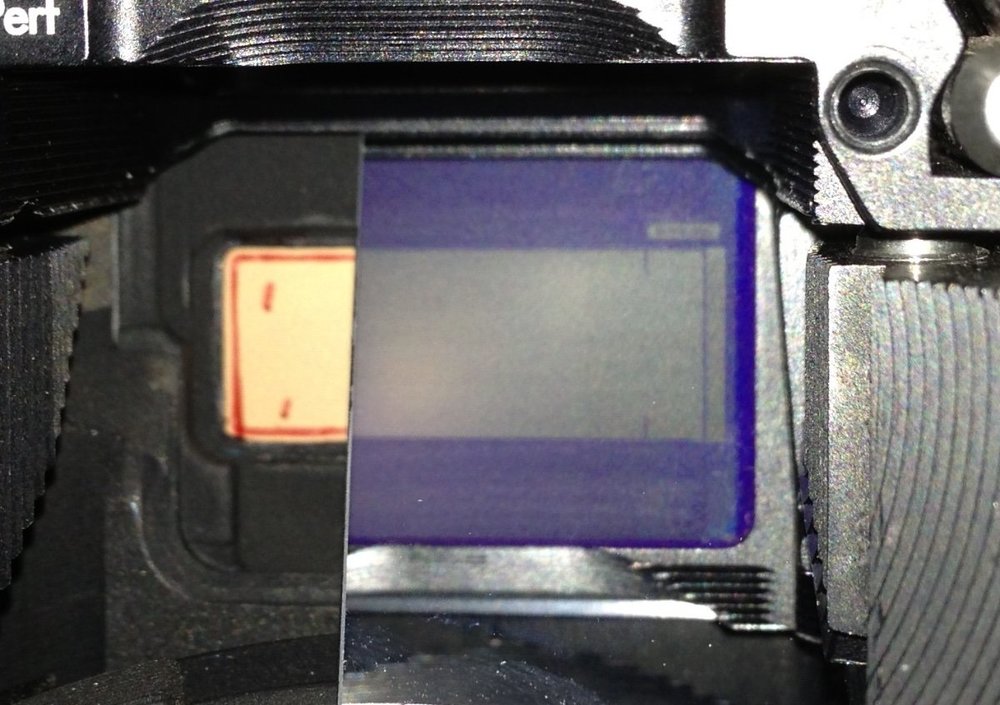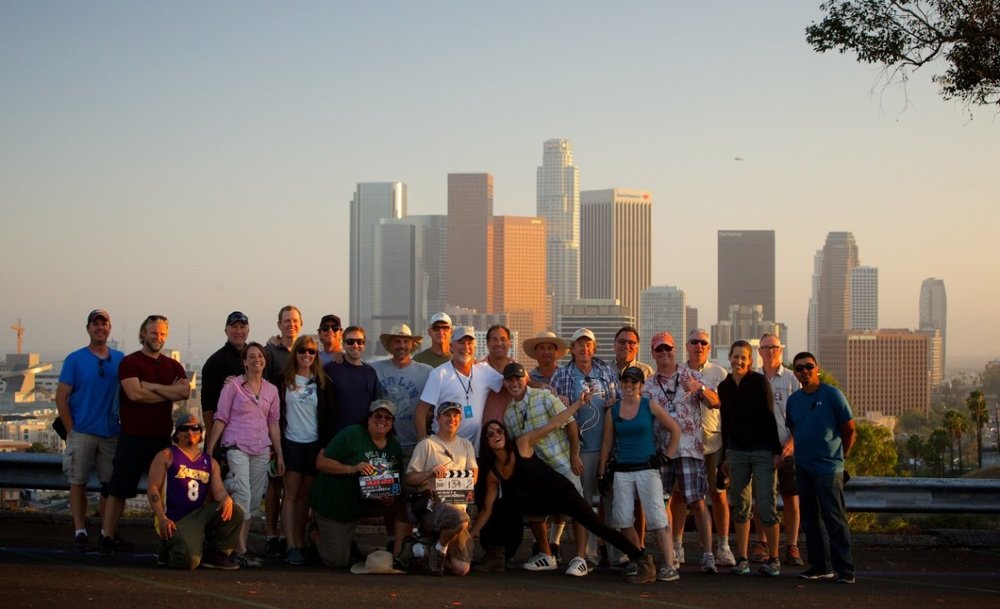-
Posts
1,004 -
Joined
-
Last visited
Everything posted by Gregory Irwin
-
My point exactly regarding spending the money and starting off in debt right off the bat. It doesn’t end with just the camera, you must accessorize it as well. That turns into a never ending list of stuff and lots of $$$$! Trust me. I own a camera rental company and even though it’s on a different level, the money keeps being spent to keep up. The difference is that my business has a clientele and turns all that spending into profit. It’s daunting at times! G
-
I always get nervous when I see young people spending money on equipment and don’t have a market to use it in effectively. By buying all of this gear, you are already starting in a deficit. I personally wouldn’t part with the money until you have a market to use it in. In the meantime, you can hone your skills without the expense by using older gear or even borrowing a camera with a fixed lens. I can make better images with my iPhone than most amateurs can with a $2000 camera. It’s not the gear but the talent behind it. G
-
I’ve used the D series Dom. I had a D40mm that was my favorite at the time. Those mixed with the Bs and Cs made for a very good set. G
-
Uh… do you want to think about this Dom? ? Bravo! Well done! ? G
-
I love this topic because it deserves much more attention than it gets. I run my camera team as a business. After all, we are in show business. As a head of the department, I am not only responsible for the technical aspects of cinematography but also I’m responsible for the budget, staffing and logistics of the camera department. As I’ve mentioned in past posts, I’ve had the same team with me for many years. When it’s time for them to move up, I move them up within the team to keep them on the team. My job isn’t to tell them what to do but rather LISTEN to them for what they need to perform their jobs at the highest level and make it fit within our given parameters. I’m a true believer in a business management model that I have practiced for years. It’s called “The One Minute Manager “. It’s theory is that if I have hired the right people in the beginning, I don’t need to manage them for more than a minute at any time. If I do need to manage longer than that, I didn’t do my first job correctly by not hiring the right people. That’s completely on me. Hire the best out there and do not micro-manage them unless necessary. If that becomes necessary, changes may be next. My job is to keep the team on target for the end goal and let them loose! That’s exactly why I know my entire team is in the top 1% in the world for their crafts. That’s also why the Hollywood studios request me to head up their camera departments on big budget movies, in order to protect their investments as well as producers and, of course, cinematographers. I say that very humbled and modestly. There is a series of books on The One Minute Manager and I highly recommend them. It’s a simple and effective business management tool. G
-
What lenses and what NDs are you using?
-
They’re all big and HEAVY!!! ??♂️ G
-
Citizen Kane
-
Yes it was Dom. I had all four, existing 15 perf MSMs. I’ve used the Panavision 65 in the past and have played with the Arri 765 although Ive never shot with it. G
-
I didn’t mean to offend you at all Dom for I respect you very much. I’ve been in the inner circle of Panavision since around 1980. I’ve seen all of the ups and downs the company has been through. I’ve personally known every CEO, including your current one. My point is simple. The DXL hasn’t been the success Panavision had hoped for and I doubt very much that they would invest capital on a large format film camera that would see overall limited use in a digitally dominated market. I do realize that your lens development and other products move forward at a rapid pace. All good. I enjoy all of your knowledge in this area. G
-
I doubt Panavision would be able to financially develop new 65mm film cameras. If it wasn’t for their Federal Systems division, they may not still be in business. But Tyler is correct about the noisy cameras. They are loud! The other thing that IMAX needs to improve is the film jamming issues the older cameras have. They jam so easily and it’s a huge deal to clean out the camera, insure that it’s still in shutter time and getting it back into circulation. This can take an hour or more. I got around that a bit better than normal by slowing down the ramp up speed. But that did use more precious negative to do so and it didn’t eliminate the problem. G
-
I have a complete CINETAPE kit with case that is in excellent condition for sale. It’s been owned by me since it was brand new and has been meticulously cared for. $3000.00 USD or OBO (originally $9,000).
-

Cinematography Electronics CINETAPE Kit
Gregory Irwin replied to Ignacio Aguilar AEC's topic in Cine Marketplace
I have a Cine Tape kit for sale that’s in excellent condition. G -
The claw should not be an issue once retracted the moment the shutter opens. This sounds like a possible out of sync shutter to me. That’s really easy to determine by a simple test. Take about 3 feet of negative that you don’t mind wasting. On the emulsion side, with a fine tip sharpie, draw a straight line across the film from the perforation (s). Do this for several frames. Thread up the film in the camera. Looking through the open lens port, manually inch the movement so you can see the shutter opening. Now you can see the drawn sharpie line facing you. If you see the line perfectly static will inching the movement ( rock it back and forth if possible), the film is still for the moment of exposure. Your shutter is in sync. If you see the line slightly moving, your shutter is out of sync and opening while the film is transporting from one frame to the next. That could be what you are seeing. Below are 2 photos of how you can do this. Here, the entire gate was traced. A simple line drawn as described above will work as well. Let us know what you find! G
-
That’s a loaded question my friend! There are a multitude of details to look after from planning the camera package and confirming that you have all of the necessary accessories to making sure that the lenses are properly collimated. There are a couple of books that may be of some help. THE CAMERA ASSISTANT by David Elkins and THE PROFESSIONAL CAMERAMAN’S HANDBOOK by Vern Carlson. I would say the basic prep includes: 1. Checking the lenses for focus and other optical qualities 2. Scratch testing the mags 3. steady test the camera body 4. Ground glass collimation 5. Camera speeds properly 6. All accessories are properly working There are many other things as well but too many to list here. The real challenge is the rental houses don’t maintain the film cameras like they used to since digital has taken over. They mostly sit on the back shelf these days. Be very particular with your prep tech and the service techs wherever you are prepping. Good luck! G
-

The Complexities of Large Formats and Lenses
Gregory Irwin replied to Gregory Irwin's topic in Lenses & Lens Accessories
Beautiful work Miguel! I love how the Techno’s focus falls off gently to a nice shallow depth. Did you have the close focus version of the 40, 50 and 75mm? They are brilliant! The only thing I wish I could do with them, like I do with all of my Panavision Anamorphics, is weigh the focus strength to the 1/3rd sides of frame away from the center. That’s where we frame things anamorphically. I’m actually working with P&S to improve future generations of the lenses, including lens data. Keep up the great work Miguel! G -

The Complexities of Large Formats and Lenses
Gregory Irwin replied to Gregory Irwin's topic in Lenses & Lens Accessories
Absolutely not! The AOV was included in my lens tech data sheets that were provided to the relevant on set personnel, VFX, post and editorial. I just wanted our everyday cheat sheet to be more consolidated and concise. The one pictured was attached to my lanyard that had my ID and studio gate pass on it that I wear around my neck everyday. G -

The Complexities of Large Formats and Lenses
Gregory Irwin replied to Gregory Irwin's topic in Lenses & Lens Accessories
That’s great Miguel! I’m so glad that was useful. Thank you for letting me know! What did you think about the lenses? G -
I’ve certainly experienced this in the past and because of that, I won’t tolerate bad attitudes or any lack of mutual respect from my team. They represent me as I do them. It’s our reputation that keeps the big budget pictures coming our way. My full time camera team members, who have been with me for years, always project a good attitude, a sense of humor when things get tough and they have the experience to keep things in perspective. They are comfortable in their own skin to be performing at the level they’re at. On movie sets, there is really nothing that should trigger grumpiness and bad attitudes, except for Alec Baldwin shooting someone. Safety issues are the only things that will get me wound up representing the entire crew. Otherwise, we should feel privileged to have a job performing the craft we love so much. G
-
That’s good old smoggy LA at its finest!??♂️ G
-
I agree with Victor. Trying to fit in with a bunch of strangers who know each other can be a challenge. But also as challenging, you have to fit into a system that involves a lot more people who have their ways of doing things. Even though the general process may be the same, the details of their way of working may be very different. Their rules of engagement may be new to you and something you need to follow. Be a quick study and earn their respect. I’ve been in charge of many camera departments made up of 20-60 members. it becomes all about management. Everyone there will assume that you know the craft of cinematography and the job. That’s why you’re there. You just don’t want to prove them wrong! Attached is a picture of my First Unit Camera Department on THE FAST & the FURIOUS 7. Great example of a large department for a large movie. G
-
Let’s not complicate this guys. As David has already stated, judge it by eye. As Phil stated, one guy should be in charge of monitoring and controlling the atmosphere in concert with the judgment of the DP. It should simply look continuous as the shooting day progresses. That’s all. G
-
Happy Holidays to all of my global friends here at Cinematography.com! G





